The Feral Pigeon (Columbia livia)
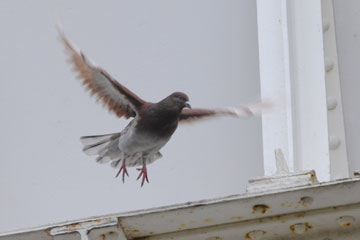
With a current UK Population of approximately 5 million, the feral pigeon is the most widely acknowledged avian pest species in the UK, and possibly in the world.
The feral pigeon’s common nickname – “rat with wings” – is a true reflection of the bird and its habits.
Descended from the wild rock dove, feral pigeon stocks are derived from escaped ornamental, racing and domestic stocks, and are well adapted to survive in a modern urban environment, where the buildings provide habitats similar to the cliff homes of the pigeon’s ancestors.
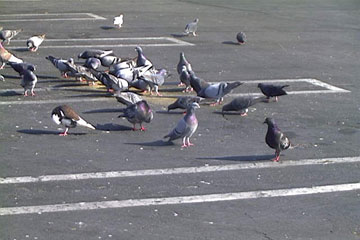
The feral pigeon is now the most pervasive of urban birds in the UK, and in many other countries around the globe
The pigeon’s natural diet is one of seeds and grains, but they easily learn to exploit a large range of processed feeds, both vegetable and animal.
The pigeon is a highly social bird, and actively seeks the company of others in order to rest, preen and feed, often forming flocks of anything from tens to hundreds of individuals, depending on the available food sources. Such flocks quickly develop and establish a pattern of activity which is based around feeding, resting and roosting sites.
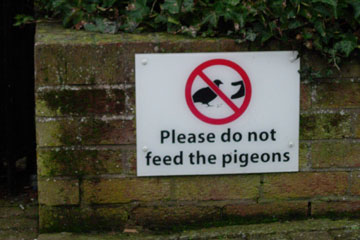
Given adequate food and water supplies, pigeons can breed throughout the year, although in the UK, breeding is usually at its highest level in April and May.
In the breeding season, two to three eggs are produced by each pair, which have a breeding life of 4-6 years.
Pigeons can have their first brood of young as early as four months of age.
Pigeon activity in and around buildings will result in damage; this damage may allow ingress of water and subsequent decay.
Pigeon faeces, feathers and other detritus will block rainwater drainage systems, causing water penetration and severe decay problems.
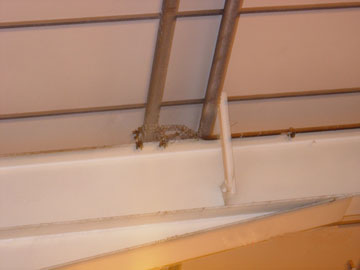
Pigeon nests are particularly problematic, as pigeons frequently nest in parapet gutters and hopperheads, causing blockages.
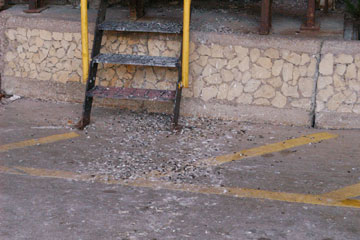
Pigeon detritus and faeces represent an aesthetic and public health problem, and pigeon droppings will deface the finish of buildings.
The presence of feral pigeons, and particularly their faeces, represents a health hazard to employees, visitors and the general public. Pigeons are carriers of a number of serious human diseases including salmonellosis, psittacosis and pseudo-tuberculosis.
Humans inhaling particles from pigeon droppings can lead to ornithosis, a potentially lethal disease.
In addition, insects associated with pigeons also carry zoonotic diseases.
Although the risk of such infection may be relatively low, the diseases are severe and may be life-threatening.
Dealing with the build-up of pigeon faeces is expensive and time consuming, due to the requirement for protective equipment and procedures required under H&S regulations.
Issues are also caused by the build-up of faeces, due to slippery and unsafe footing, and this will hinder proper maintenance.
Where elderly or infirm people use an area, the slip hazard caused by pigeon faeces can have potentially serious consequences.
In addition to the health and safety risks, clearing pigeons droppings is an expensive undertaking; the UK government estimates that it costs British industry in excess of £15 billion each year to clean up and dispose of the faeces of feral pigeons, with the necessary work in Trafalgar Square, London, costing over £100,000 per annum.
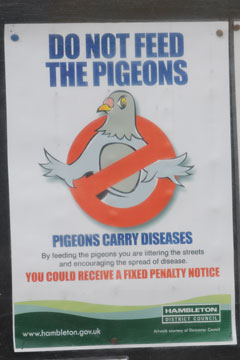
Food is the most important factor in controlling pigeon populations. An adult pigeon weighs about 350 grammes, and will eat 50 grammes of food daily – twice the amount eaten by a rat.
A hundred pigeons will produce more than 1.5 tonnes of droppings each year, all containing disease causing pathogens.
Reputation
Pigeons cause reputational damage. Diseases linked with pigeons can be fatal for young children and older people. An outbreak of disease which can be linked to feral pigeons will produce much adverse publicity for all concerned. Where little or nothing has been done to manage such a problem, the effects on the organisation concerned can be devastating, leading to bad publicity, legal action and criminal prosecution for a failure of duty of care
Damage
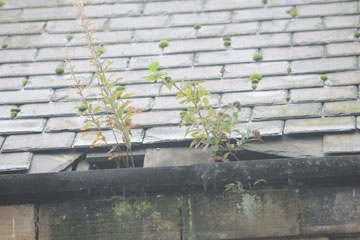
Pigeons & Insects
Wherever large numbers of pigeons exist, so too do several species of insect, all of which have the potential to be injurious to human health and wellbeing and all are capable of spreading disease. The potential risk to human health posed by these insects and the pathogens they carry should not be under-estimated.

